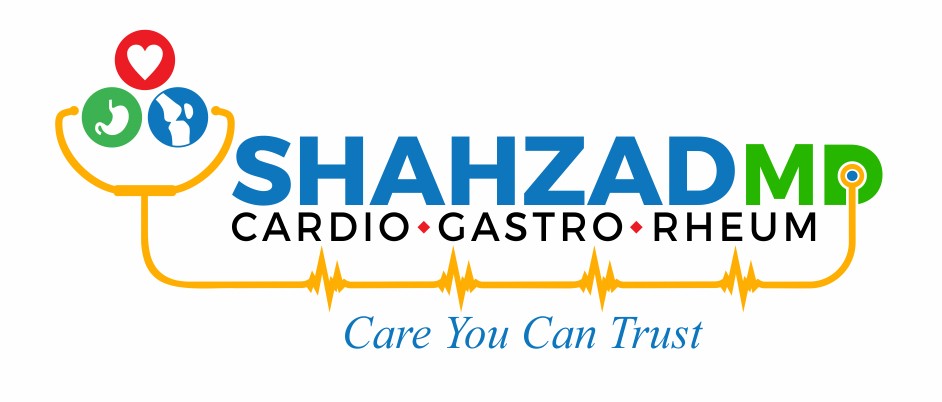STROKE
Stroke is the 5th leading cause of death in the US, with one person dying every 4 minutes as a result. For African Americans, stroke is the 3rd leading cause of death.
In the US, approximately 40% of stroke deaths are in males, with 60% in females. According to the American Heart Association (AHA), compared to Caucasians, African Americans have nearly twice the risk of a first-ever stroke and a much higher death rate from stroke.
Stroke is also more likely to affect people if they are overweight, aged 55 or older, have a personal or family history of stroke, are not physically active, drink heavily, smoke or use illicit drugs.
Approximately 800,000 people have a stroke each year; about one every 40 seconds.
Strokes occur due to problems with the blood supply to the brain: either the blood supply is blocked or a blood vessel within the brain ruptures, causing brain tissue to die. A stroke is a medical emergency, and treatment must be sought as quickly as possible.
FACTS ABOUT STROKE
Types of Stroke
There are three different types of strokes:
ISCHEMIC STROKE
Ischemic stroke is the most common form of stroke, accounting for around 85% of strokes. This type of stroke is caused by blockages or narrowing of the arteries that provide blood to the brain, resulting in ischemia – severely reduced blood flow.
HEMORRHAGIC STROKE
Hemorrhagic stroke is caused by arteries in the brain either leaking blood or bursting open. The leaked blood puts pressure on brain cells and damages them. Blood vessels can burst or spill blood in the middle of the brain or near the surface of the brain, sending blood into the area between the brain and the skull.
TRANSIENT ISCHEMIC ATTACK
TIAs are different from Ischemic and Hemorrhagic strokes because the flow of blood to the brain is only briefly interrupted. TIAs should be regarded as medical emergencies just like the other kinds of stroke, even if the blockage of the artery is temporary. They serve as warning signs for future strokes and indicate that there is a partially blocked artery or clot source in the heart.
Risk Factors
PREVIOUS STROKE OR TRANSIENT ISCHEMIC ATTACK
If you have already had a stroke or a transient ischemic attack (TIA), also known as a “mini-stroke,” your chances of having another stroke are higher.
HIGH BLOOD PRESSURE / HYPERTENSION
High blood pressure is a leading cause of stroke. It occurs when the pressure of the blood in your arteries and other blood vessels is too high.
HIGH CHOLESTEROL
Cholesterol is a waxy, fat-like substance made by the liver or found in certain foods. Your liver makes enough for your body’s needs, but we often get more cholesterol from the foods we eat. If we take in more cholesterol than the body can use, the extra cholesterol can build up in the arteries, including those of the brain.
HEART DISEASE
Common heart disorders can increase your risk for stroke. For example, coronary artery disease+ increases your risk for stroke, because plaque builds up in the arteries and blocks the flow of oxygen-rich blood to the brain.
DIABETES
Diabetes increases your risk for stroke. Your body needs glucose (sugar) for energy. Insulin is a hormone made in the pancreas that helps move glucose from the food you eat to your body’s cells. If you have diabetes, your body doesn’t make enough insulin, can’t use its own insulin as well as it should, or both.
ATHERSCLEROSIS
About half of all strokes are caused by atherosclerosis — the same process of narrowing and hardening of the arteries that causes heart attacks.
Stroke Prevention
According to the CDC, up to 80% of strokes can be prevented. You can help prevent stroke by making healthy choices and controlling any health conditions you may have.
IMPROVING YOUR DIET
Diets high in saturated fats, trans fat, and cholesterol have been linked to stroke and related conditions, such as heart disease. Also, getting too much salt (sodium) in the diet can raise blood pressure levels. A healthy diet consists of lean meat, fruits and vegetables, wheat carbohydrates and low salt levels. Consider trying the DASH Diet+ for ways to improve your diet to help your heart.
BEING PHYSICALLY ACTIVE
Not getting enough physical activity can lead to other health conditions that can raise the risk for stroke. These health conditions include obesity, high blood pressure, high cholesterol, and diabetes. Regular physical activity can lower your chances for stroke. You should have 30 minutes of moderate physical activity at least five days a week.
LOSING WEIGHT
Being at a healthy weight can greatly improve your health in many ways, including lowering your risk for stroke and heart disease.
LIMITING ALCOHOL
Drinking too much alcohol can raise blood pressure levels and the risk for stroke. It also increases levels of triglycerides, a form of fat in your blood that can harden your arteries.
Women should have no more than one drink a day. Men should have no more than two drinks a day.
QUIT SMOKING
Tobacco use increases the risk for stroke. Cigarette smoking can damage the heart and blood vessels, increasing your risk for stroke. The nicotine in cigarettes raises blood pressure, and the carbon monoxide from cigarette smoke reduces the amount of oxygen that your blood can carry. Click here for more information on Smoking and the effects on your health.
Remember the word FAST if you think someone might be having a stroke and look for the warning and action signs below:
Face drooping – Ask the person to smile. Does one side of the face droop?
Arm weakness – Ask the person to raise both arms. Does one arm drift downward?
Speech difficulty – Ask the person to repeat a simple phrase. Is their speech slurred or strange?
Time – If you observe any of these signs, call 9-1-1 immediately

